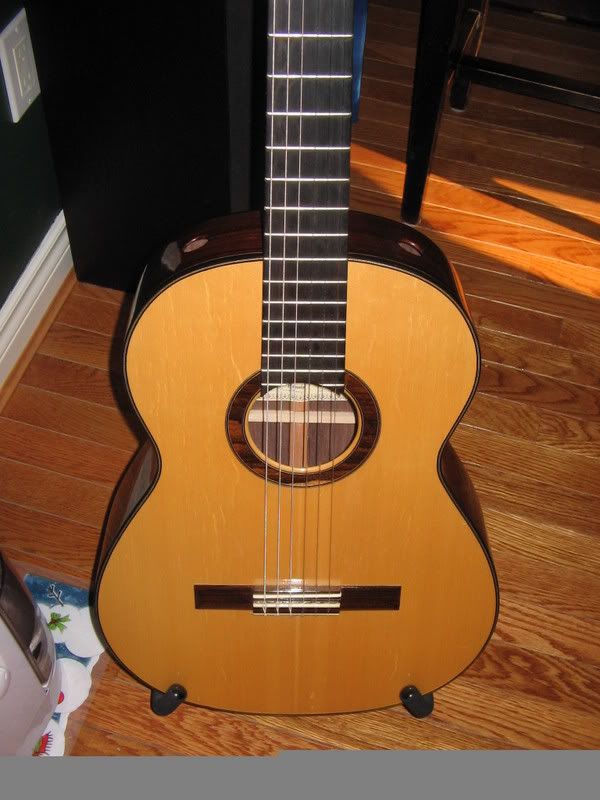I am wondering if there is a secret to obtaining the invisible joint?
I have just done 2 but both seem dicoloured and somewhat evident..my first

This seem is very evident, the guitar was made 5 years ago and is holding together pretty well. At first I wondered if the wood just happened yo be a little lighter where it was jointed..it still bothers me every time I look at it .,
.,
but now #2 two also shows some discolouration within an inch of the seem.(not the pencil line but the shaded area.. )
)
...the joint  seems good?
seems good?
Any theories...thanks

